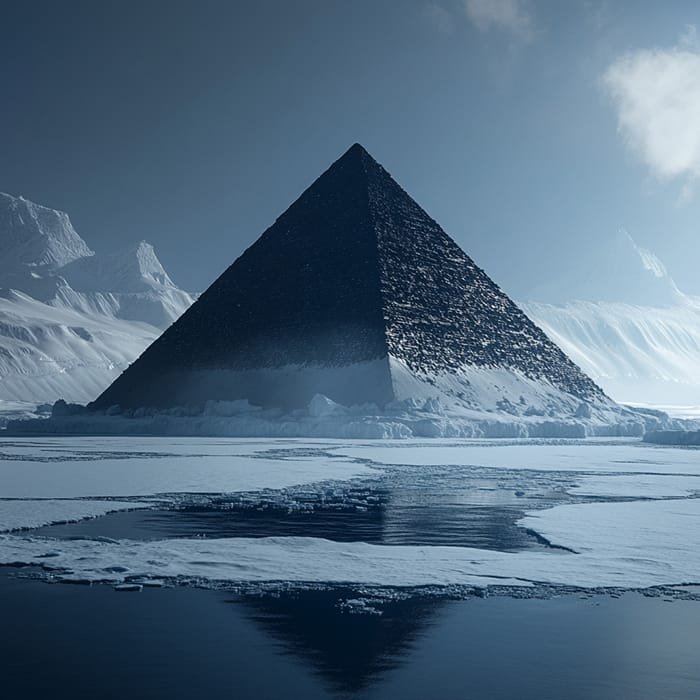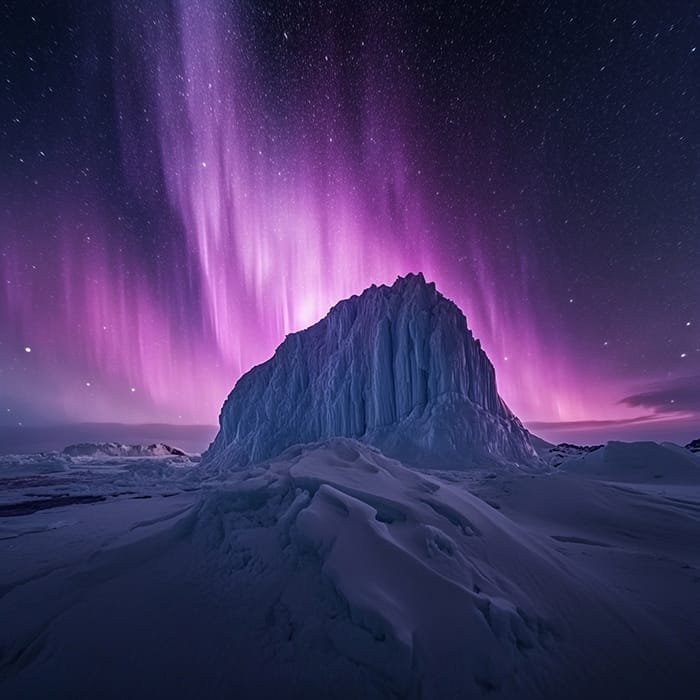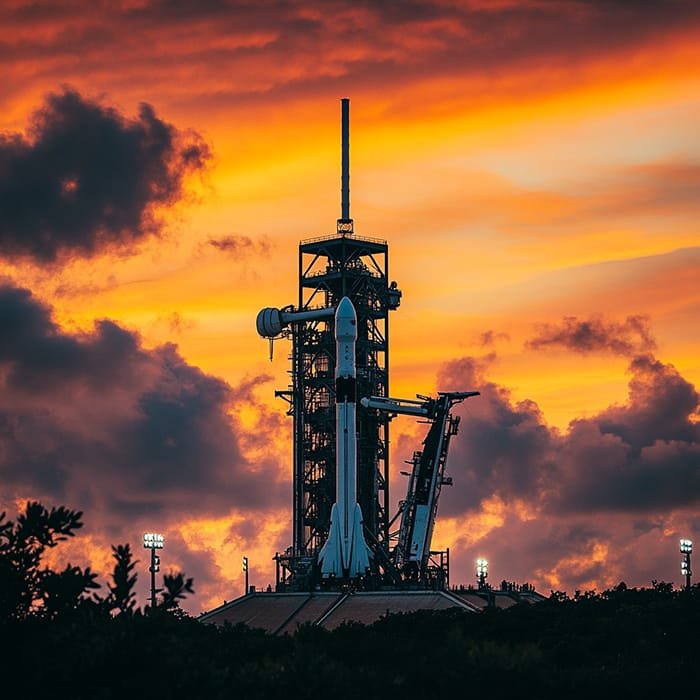Antarctica’s hidden features include subglacial lakes, 138 volcanoes, and a mysterious pyramid, impacting global sea levels and climate.
Key Takeaways 📝
- Antarctica is home to 138 volcanoes and numerous subglacial lakes, revealing a dynamic ecosystem beneath the ice that influences global sea levels and climate.
- NASA’s advanced satellite technology uncovered two previously unknown subglacial lakes, showcasing how Antarctica is a complex hydrological system rather than just a frozen wasteland.
- The discovery of a massive, dark pyramid in Antarctica raises questions about its origins, sparking theories of ancient civilizations versus natural geological processes.
- The potential collapse of the West Antarctic Ice Sheet could lead to a significant rise in global sea levels, emphasizing the urgent need for further research and monitoring.
- Understanding Antarctica’s hidden features is crucial for preparing for climate change impacts, highlighting the continent’s importance in global environmental dynamics.
Antarctica, often depicted as a vast sheet of ice and snow, is not just a desolate wilderness; recent explorations and studies have uncovered its hidden intricacies, including the startling presence of volcanoes and other geological phenomena. In a captivating video presentation, the discovery of two subglacial lakes and a network of volcanoes beneath the ice is highlighted, shedding light on Antarctica’s dynamic ecosystem and potential threats to global sea levels.
NASA’s Groundbreaking Discoveries Under the Ice
In a groundbreaking revelation, NASA utilized advanced satellite technology to discover two previously unknown subglacial lakes in Antarctica. These findings were made possible through sophisticated instruments such as ICESat and CryoSat, which mapped the ice sheet and monitored its changes over time. The newly identified lakes are connected to a larger system of meltwater lakes, indicating that Antarctica is not a static mass of ice but a dynamic hydrological system significantly influencing ocean currents and global sea levels.
Scientists believe that the continuous filling and draining cycle of these lakes causes shifts in the ice above, leading to cracks and crevices that can affect the stability of the ice sheet. This discovery not only helps in understanding local changes but also provides insights into how rising temperatures may alter these systems in the context of climate change.
Volcanic Activity: The Fire Beneath the Ice
In addition to subglacial lakes, researchers have identified a staggering 138 volcanoes in Antarctica, most of which remain hidden beneath thick ice. Among these, Mount Erebus stands as the most active volcano in the region, continuously erupting since 1972. The potential for these dormant volcanoes to awaken poses significant risks; an eruption could rapidly melt ice and increase sea levels.
Researchers have found that the volcanic activity in Antarctica is not limited to a few isolated hotspots but rather a complex network of interconnected systems. This discovery has raised concerns about the potential impact of these volcanoes on the stability of the Antarctic ice sheet and the implications for global sea levels.
The Dark Pyramid: A Mysterious Anomaly

One of the most intriguing discoveries in Antarctica is the presence of a massive, dark-colored pyramid-like structure. This anomaly, located in the Ellsworth Mountains, has captured the imagination of researchers and the public alike. The pyramid, which stands over 15,000 feet tall, is believed to be a natural geological formation, but its sheer size and unique shape have sparked speculation about its origins and potential purpose.
Some researchers have theorized that the dark pyramid may have been constructed by an advanced ancient civilization, while others suggest it could be the result of a natural geological process. Regardless of its origins, the dark pyramid remains a tantalizing mystery that continues to captivate those who explore the frozen continent.
The Potential Threats to Global Sea Levels
The discoveries of subglacial lakes and the extensive network of volcanoes in Antarctica have significant implications for global sea levels. As the planet’s temperature continues to rise, the melting of the Antarctic ice sheet could accelerate, leading to a rapid increase in sea levels that could have devastating consequences for coastal communities around the world.
Scientists warn that the potential collapse of the West Antarctic Ice Sheet, which contains enough ice to raise global sea levels by several meters, could be triggered by a combination of factors, including increased volcanic activity and the destabilization of the ice sheet due to the continuous filling and draining of subglacial lakes.
The Importance of Further Exploration and Research
The hidden mysteries of Antarctica continue to fascinate scientists and the public alike. As our understanding of this enigmatic continent deepens, it becomes increasingly clear that Antarctica is not a static, lifeless landscape, but a dynamic and complex ecosystem that holds the potential to significantly impact the global climate and sea levels.
Continued exploration and research in Antarctica are crucial for understanding the full extent of the continent’s geological and hydrological systems, as well as their potential implications for the future of our planet. By unraveling the hidden mysteries of Antarctica, we can better prepare for the challenges that lie ahead and take necessary steps to mitigate the risks posed by the rapid changes occurring in this remote and inhospitable region.
The discoveries of subglacial lakes, volcanoes, and the mysterious dark pyramid in Antarctica have unveiled a world of hidden wonders and potential threats. As we continue to explore and study this frozen continent, we must remain vigilant and committed to understanding the complex interplay between its geological, hydrological, and climatic systems.
By shedding light on the hidden mysteries of Antarctica, we can better prepare for the challenges that lie ahead and take the necessary steps to protect our planet’s future. This captivating region continues to captivate and inspire, reminding us that even in the most remote and inhospitable corners of the Earth, there are still secrets waiting to be uncovered.
























